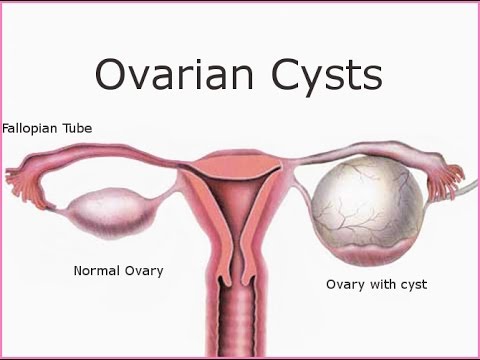
Painful menstruation occurs during a woman's reproductive period and can be very painful for many women. The severity of the menstrual cramps and discomforts that occur will differ from person to person. Most primary dysmenorrhoea happens in women who experience severe pain before and after their period.
If you have had irregular periods that become especially painful later on in life, it could be primary dysmenorrhoea. A condition affecting other areas of the reproductive organs, like uterine fibroids or endometrial tumors, could cause this.
Many doctors recommend hysterectomy to treat the source of menstrual cramps and discomfort, although this is not always the best solution. Often, a hysterectomy is recommended in conjunction with surgery to remove the ovaries to relieve pain from ovarian cysts.
In more severe cases, women may need surgery to remove the ovaries and / or the ovary itself, where ovarian cysts are treated. A mastectomy is a surgical procedure in which a cyst is completely removed. Ovarian cystectomy is usually recommended for women who experience severe pain during their monthly cycle, or for those who have multiple cysts on the ovaries. This may be recommended for some women after a hysterectomy, which usually relieves pain.
Many women find relief by applying warmth to their belly during menstruation, as this helps reduce pain and associated discomfort. There are many over-the-counter products you can purchase to help relieve the symptoms of menstrual cramps and discomfort.
One of the most common forms of treatment for this problem is hormone therapy. Hormone therapy can help reduce pain and inflammation in the lower abdomen associated with menstrual cramps and discomfort. There are several types of hormone therapy that can help relieve the symptoms of your symptoms.
Some women get relief from synthetic hormone therapy when they stop taking the pill. It's important to note that birth control pills can cause serious side effects in some women, so it's important to talk to your doctor about this and make sure the hormone therapy you are taking will not have a negative effect on your body. … Another alternative to hormonal treatment is estrogen-releasing intrauterine devices.

Hormone therapy is an effective and affordable option for women who experience painful menstrual cramps. Talk with your doctor to find the right treatment for you.
Taking some type of physical activity can also help to relieve the symptoms of the pain of cysts on the ovaries. This includes strengthening your pelvic floor muscles, which is vital for healthy ovulation. If you find that your symptoms of menstrual pain are becoming too severe, it's a good idea to discuss any potential treatments with your doctor so that you can treat them properly.
Sometimes hormone therapy isn't the best option for those who are suffering from severe symptoms of painful cysts on the ovaries. If you've been diagnosed with fibroids, doctors may recommend surgery to remove the ovaries or the ovary itself in order to eliminate the pain and inflammation associated with it.
The sooner the pain is treated, the better. If you wait to consult a doctor, it can cause the ovarian cysts to become more severe or result in cancer of the reproductive organs. Surgery may not always be an option, and often, treatment will only be needed if the cysts have caused surgery or the ovaries are extremely dangerous to remove.
Once your pain is more manageable, it's important to remember to seek treatment for your painful symptoms. Pain management is an essential component of treating the causes of your cysts and pain.
If you aren't able to get rid of them on your own, you may want to speak to your doctor about pain management. Pain management will allow you to live a healthier lifestyle by preventing further complications. You may also want to consider other options such as birth control pills or surgery.
Leave a Reply